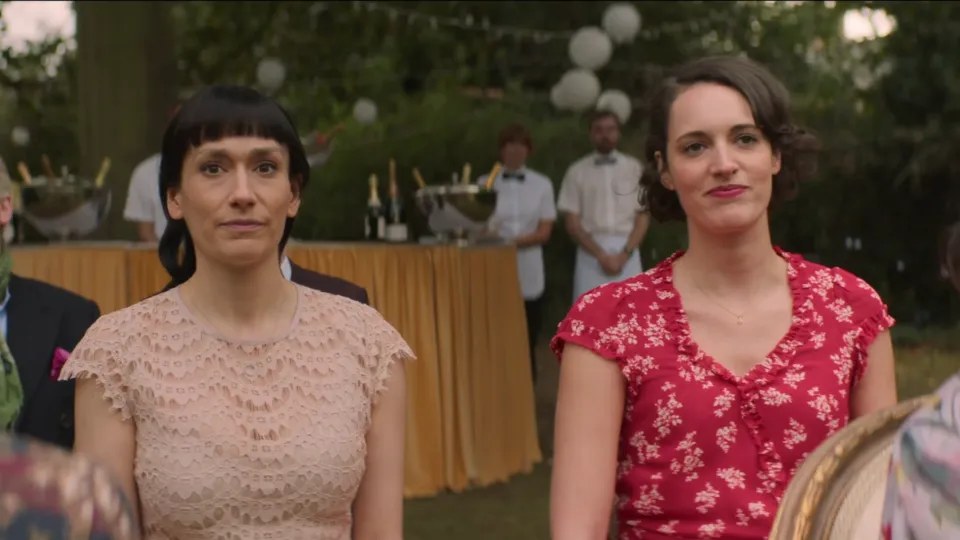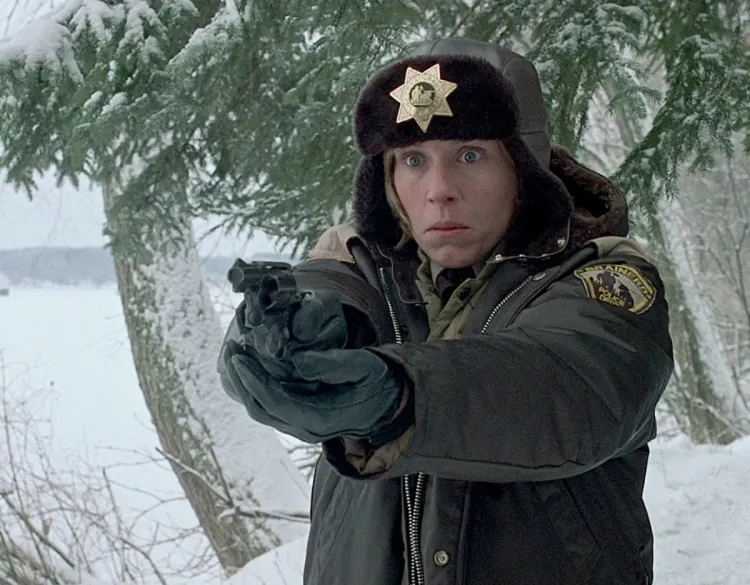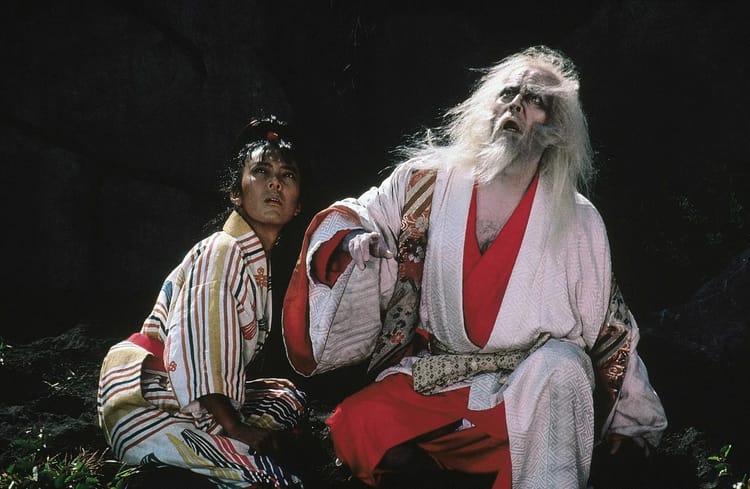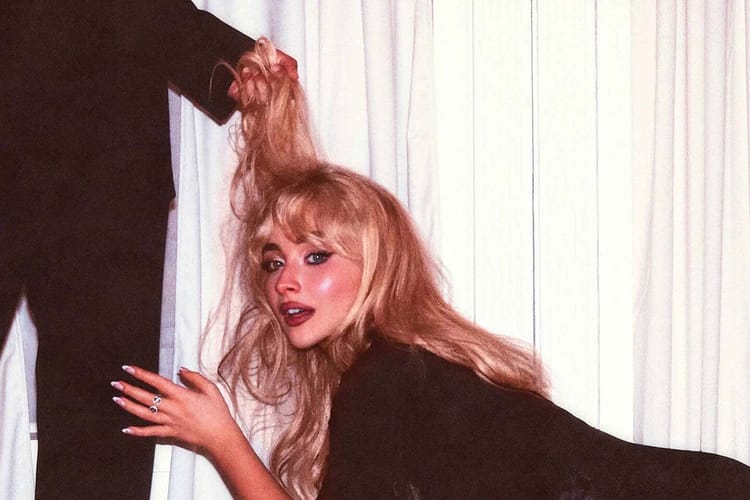Fleabag: "Season 2, Episode 5" and "Season 2, Episode 6"

(This is the sixth and final installment of my weekly recaps of Fleabag, the Prime Video series that aired two seasons in 2016 and 2019. I love the show, and I wrote these reviews in 2020 when exploring the idea of doing a paid version of the newsletter. As such, they don't have all our regular features, but I hope you enjoy them anyway. These recaps are only available to paid subscribers.)
"Season 2, Episode 5"

If you’re like me, then this episode is the one where you realize just how masterfully this second season of Fleabag has been balancing plot after plot after plot, when they otherwise might come tumbling down. Though Fleabag’s connection to the Hot Priest is still one of the primary focuses of this episode, we’ve also got Martin’s impending lawsuit, Claire’s job situation, and Dad and Godmother’s wedding hanging over the proceedings. The episode hits all of these plots and more and also leaves plenty of time for Claire’s hideous haircut.
I view the final two episodes of this show as two different answers to the “This is a love story” beat dropped at the end of the premiere. In this episode, we see the culmination of Fleabag and the Hot Priest’s simmering flirtation, the two of them finally having sex. (Fleabag saying, to camera, “We’re going to have sex,” followed shortly thereafter by the Hot Priest saying the same to her is a beautifully succinct encapsulation of their relationship.) And what this culmination gets at is something I don’t know that I’ve seen portrayed as well as it is here: These two see each other.
The obvious example of this when it comes to Fleabag is that the Hot Priest can see us somehow, can notice that she looks to a camera that’s not there. Every time he does so, a crackle runs through the whole series, like it’s brushing up against something dangerous. The intimacy that Fleabag has established with us is being invaded, in bits and pieces, by somebody who seems to have largely healthy boundaries. (Remember how I posited that this was a show about boundaries in my review of the first episode? Then never returned to that idea again? Well both Fleabag and Fleabag are getting there.) It’s discomfiting but also a little exciting – a little bit like falling in love.
That the series can capture the frisson of realizing somebody makes you feel electric is one of the season’s biggest accomplishments. But that it can accomplish the reverse, letting us see how Fleabag can see the Hot Priest as nobody else can, is even more impressive, to my eyes (if not as structurally audacious). The characters in Fleabag, outside of Claire and Martin, are not afforded real names, because they’re not important. Fleabag thinks she knows who they are, and her opinions never quite break down, no matter what evidence to the contrary.
What’s interesting is that Fleabag is right about the Hot Priest. He wants to jump her bones. And the fact that she’s right about him – and that she keeps chipping away at his exterior until she finds the part of him that really does want her – subtly lets us know that this really is a good match. The other guys she’s given handy labels (including Misogynist, who returns in this episode for some very funny bits) have lived up to those labels in her eyes, while she’s missed indications they might be something other than what she says they are. The Hot Priest is who she says he is, at the end of the day. And when she gets him, she’s so blown away she actively shoves us away (boundaries are coming back)!
But this isn’t a love story about Fleabag and the Hot Priest, not really.
"Season 2, Episode 6"

“The only person I’d run through an airport for is you,” says Claire to her sister, and for me, that’s when the second season of Fleabag knits everything together into something lovely and beautiful. We were watching a love story all along, but we were watching a love story about two sisters who find their way back to each other after years of being at odds.
Cohesion is overrated in television. By its very nature, the medium sprawls and wanders. It is meant to get distracted by bright, shiny things and exhaust itself in trying to find new ways to extend stories. This tends to irritate many folks who’ve come to television in this millennium – roughly after the Sopranos boom – because the 13- and 10-episode dramas that became the usual for the medium at their best could attain something that seemed a lot like cohesion. But if you look at something like Breaking Bad, it sure does get distracted by bright, shiny things and wander down tangents. (Gus Fring arguably being the biggest of these.)
For those who are fans of cohesion, the British model, with its shorter orders and greater writer control, has long been held up as the preferable model to the American one. To a degree, this is because most people around the world only see the very best that British TV has to offer (though this is changing with the advent of Acorn TV and BritBox, which have exported programs that show the Brits are just as good at lowest-common denominator programming as anybody else). But it’s not like it’s not true, either.
I have never much loved the British model. I prefer the American sprawl, even if it inevitably leads to series that collapse into entropy. I love shows that develop full ensembles, and British shows rarely have time for more than a couple of characters, outside of the rare masterworks. Well, Fleabag is one of those rare masterworks, because by the time it ends, we know so much about every character who’s appeared even a handful of times (arguable exception: Martin, though we get a handful of indications that there his misanthropy has roots somewhere). And we know almost everything we need to about Fleabag and Claire, enough to know that whatever turmoil passed through their life in the wake of their mother’s death, they are going to be fine now. Their sisterhood is healed.
The question to ask, I suppose, is why this is the end for Fleabag, why she waves goodbye to us and reestablishes the boundaries she tore down with such abandon in the first episode. The obvious answer is that the Hot Priest has shown her that she can be loved for who she is, and that is enough to propel her forward into her life again. But I think the real answer is that over the course of this season, Fleabag and Claire have slowly learned how to talk to each other again. They’ve gone from awkward silence to declaring love to each other, and they end up confessing nearly everything to each other all season long.
Phoebe Waller-Bridge and Sian Clifford do an astonishing job in these last few episodes of conveying just how the divide between Fleabag and Claire that existed to some extent when the series began was, in fact, atypical for them, a weird pause in a sisterhood that was otherwise fairly healthy. As the series ends, they have found their way back to each other. Fleabag doesn’t need us anymore, because she has her original confessor. This is a love story.
Next time: I haven't decided when I'm going to get to Cowboy Bebop, since it's going to come in an awkward time in my surgery schedule, but I will be turning to it sometime, no later than October 28. And hopefully I'll get a couple installments under my belt before I disappear into an anesthesia induced haze! See you then.





Member discussion